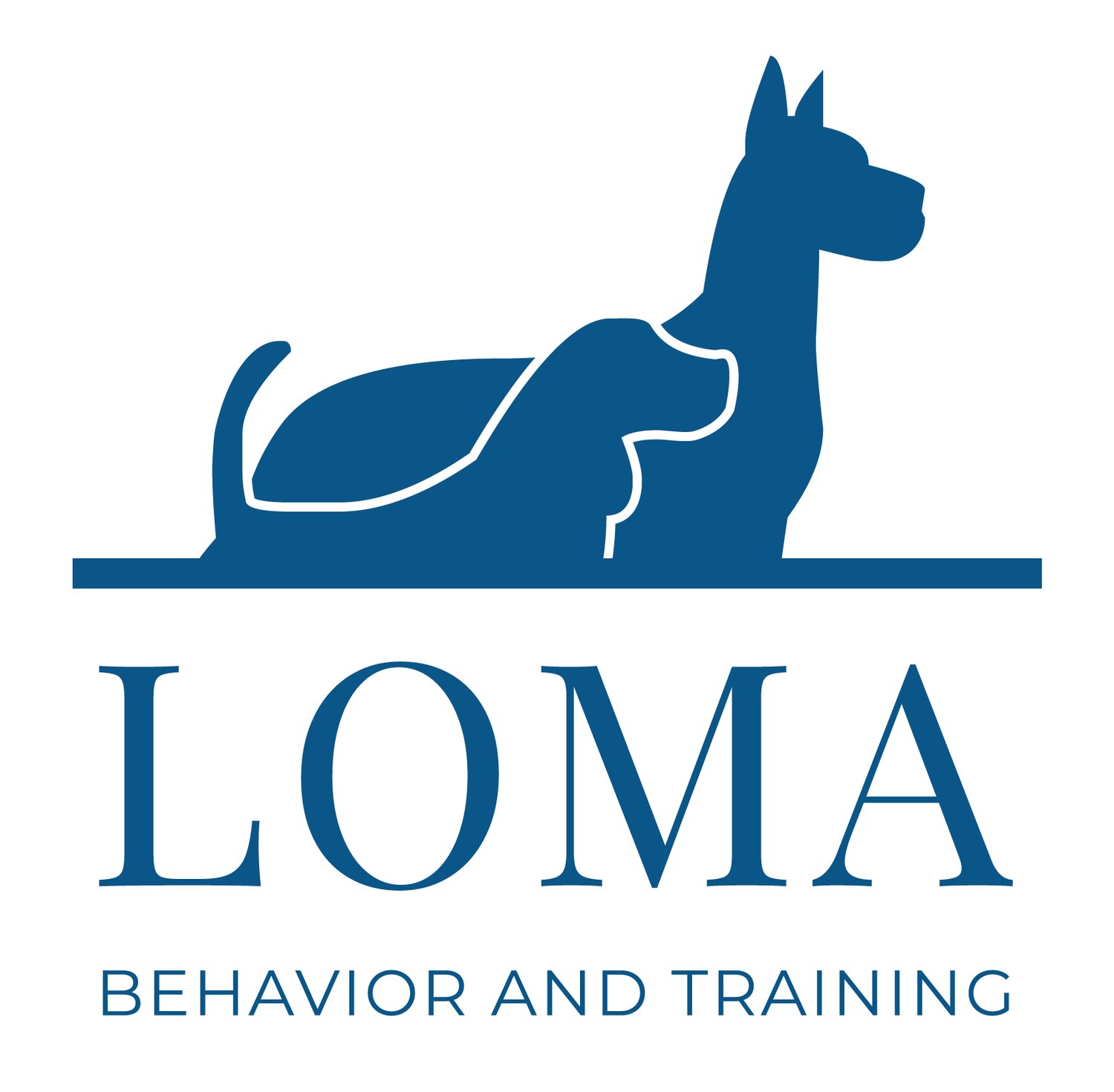How can I snap my dog out of fear?
The woman on the other end of the phone had picked up her new puppy from the breeder only a few days ago. The puppy was hiding under the furniture most of the day and ran away anytime she tried to pet him. She said her puppy was often trembling and looked very scared so she was calling me to ask if there was anything she could do to “snap him out of it.”
Why puppies can be fearful
My first thoughts: review the most common reasons puppies are fearful.
Did the client meet the parents and were they showing any signs of fearfulness? Fearfulness can have a strong genetic influence (see resources).
Did this puppy have an impoverished environment during his critical socialization period, between 8 and 16 weeks? If the puppy was not exposed to new people or the typical sounds of a house or neighborhood, the puppy is likely to be fearful of all the new stuff he encounters now. He missed the most important time to be socialized.
Was this puppy traumatized through physical abuse? A puppy who experienced physical abuse at an early age will need to develop trust again in people.
I learned this puppy was 16 weeks of age, past the critical socialization period. At the breeder’s house, the client visited the puppy and described the puppy’s parents as fearful and aggressive. She said the puppy’s parents stood back in another room, barking and growling.
Breeders Without Proper Education
I asked the client if she knew why the breeder kept this puppy through the socialization period. Ideally the puppy would go into the new family’s home at 8 weeks of age, with plenty of time to get socialized to the sights, sounds, surfaces and people the puppy would meet in that home before the critical socialization period ended. In this case the breeder said she kept all her puppies through 16 weeks and she didn’t provide them with any socialization experiences that would prepare them for life in the family homes where they would be living. The breeder did not seem to be aware of the importance of the socialization period in the puppies’ development or how best to prepare puppies for their lives in a family home.
No Quick Solutions
When a dog is showing fearfulness, there is never a quick solution that just “snaps” the dog out of it. A fearful dog must gain confidence and trust by building positive associations to whatever is frightening him. Some resilient dogs can develop this trust and confidence quickly. Most fearful dogs need lots of patience. Owners of fearful dogs ideally learn the special training skills of classical and counter conditioning. This training is different from teaching typical obedience.
A dog who has both a possible genetic predisposition to fearfulness and few experiences during the critical socialization period that would have prepared him for life is likely to be a fearful dog always. He can become more confident and trusting but may never be an outgoing and fearless dog. Training will require patience and celebration of the small milestones this dog will achieve along the way to becoming a happier, relaxed family pet.
Resources
American Veterinary Society of Animal Behavior Position Statement on Puppy Socialization
From Fearful to Fear Free: A Positive Program to Free Your Dog from Anxiety, Fears and Phobias by Dr. Marty Becker, 2017



